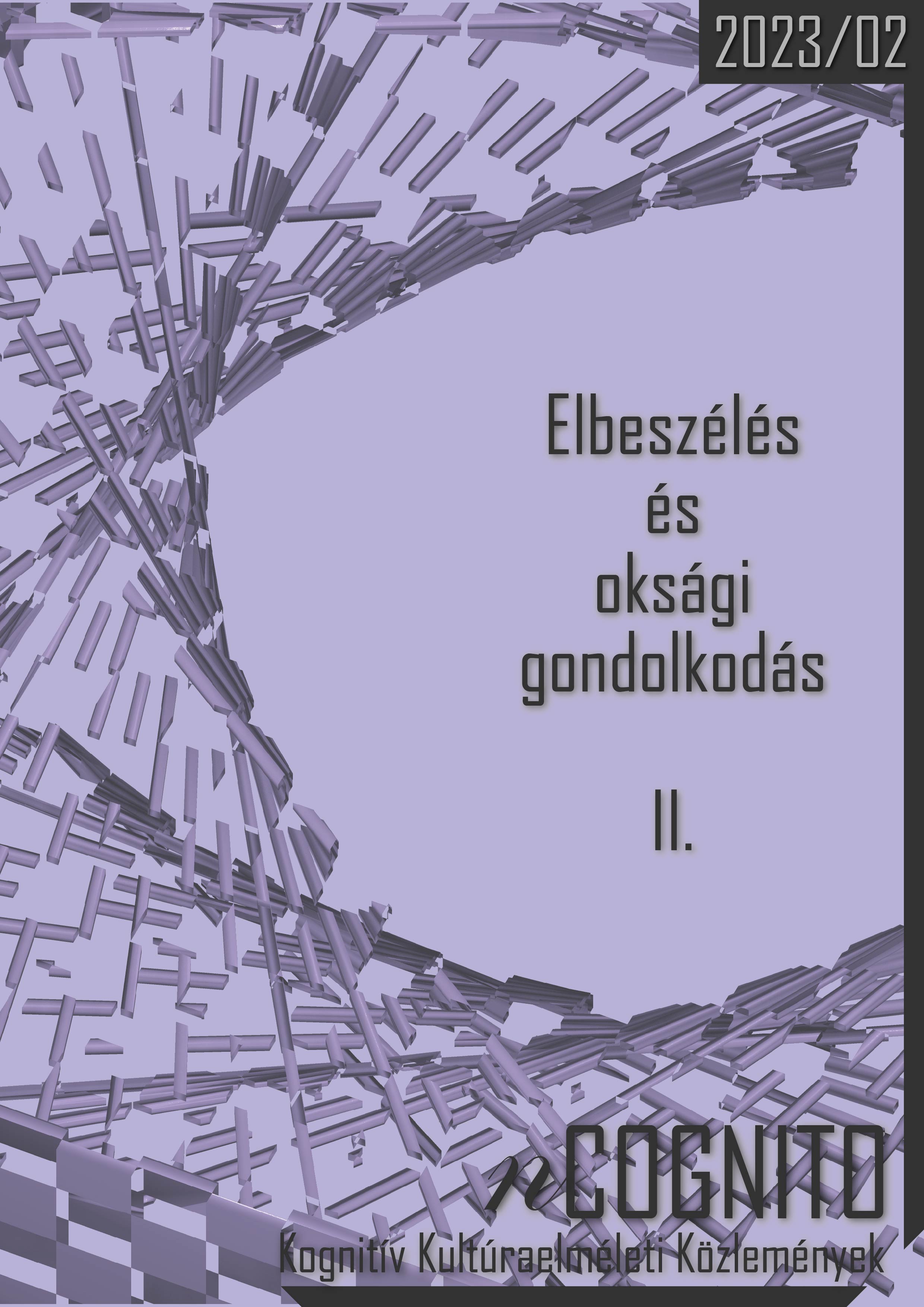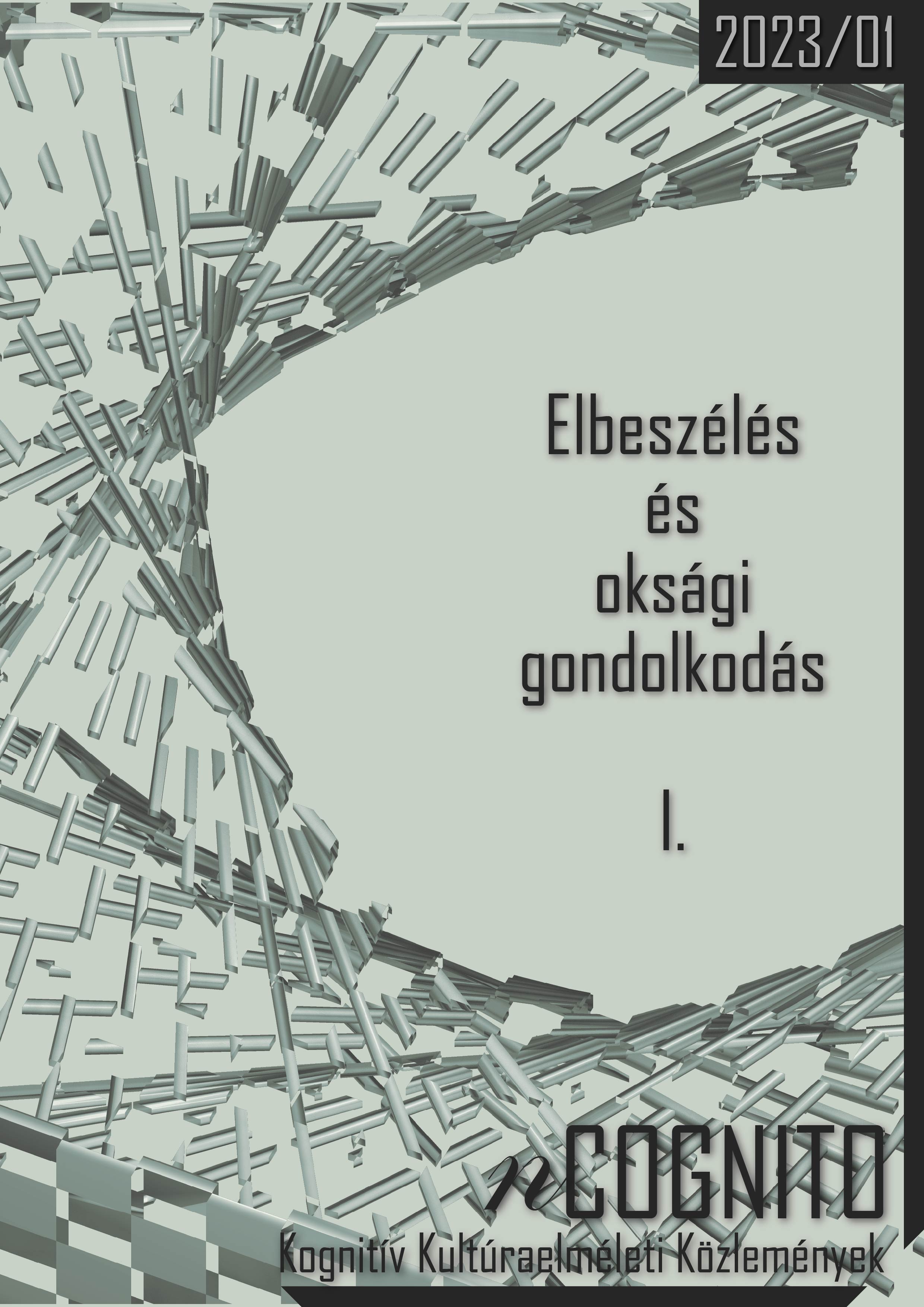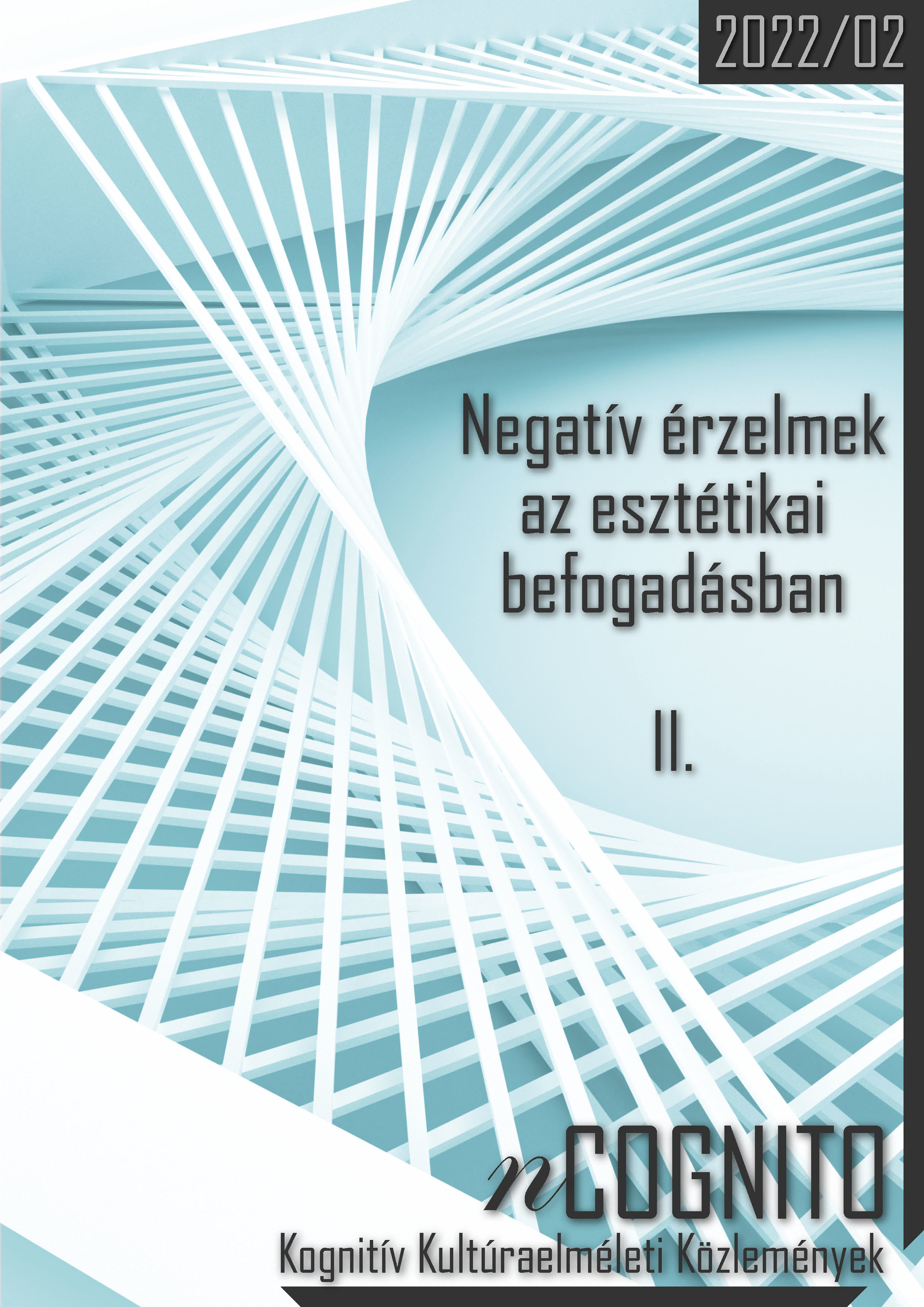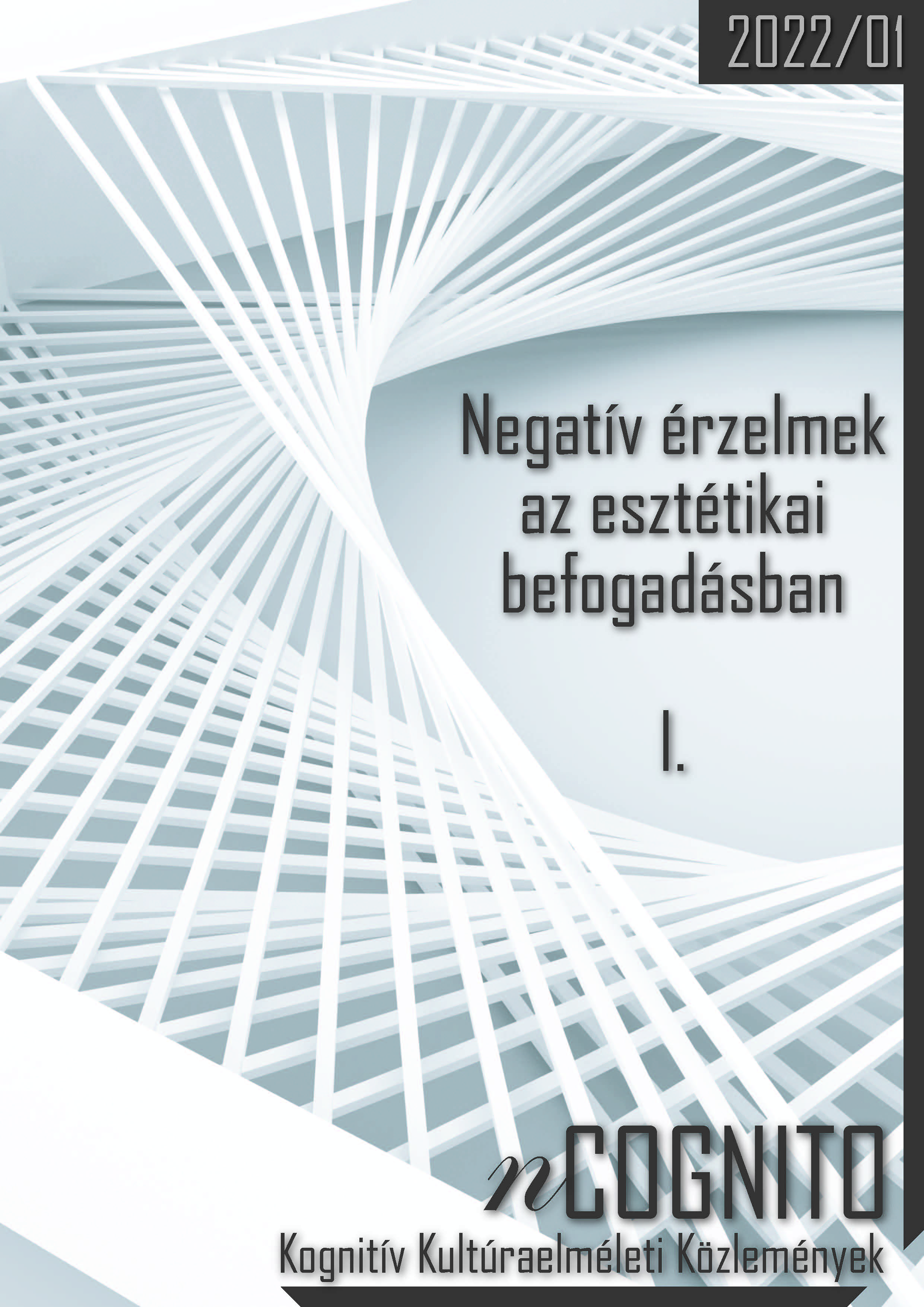Directing attention and mediality
Vol. 3 No. 1 (2024)
This issue of the journal explores the different media forms of attention and how they focus the reception of content. From a neurocognitive perspective, attention involves fundamental processes related to information processing and the selection of conscious content, covering a diverse and broad spectrum in terms of their components, course, and modality. The collected studies aim at differentiating the processes of attentional control by analyzing the content structured by different media. In tight connection to that, they simultaneously examine the functioning and role of attentional processes determined by recipients' prior knowledge and media experiences.
Narrative and causal thinking 2.
Vol. 2 No. 2 (2023)
The articles in this issue of the journal are the continuation of the previous issue's exploration into the role of causality in understanding stories, drawing on recent research in the cognitive sciences. They capture causality as a mental construct through which we establish a causal relationship between two or more variables. They explore how different genres, story types, and narrative styles operate causal reasoning processes in conjunction with other mechanisms that shape artistic composition. The papers in our journal take a variety of approaches to the relevance of causal cognition, and most of the papers in this volume approach the questions of causality from the perspective of a particular theoretical approach.
Narrative and causal thinking 1.
Vol. 2 No. 1 (2023)
In this issue of the journal, we publish papers that explore the role of causal thinking in narratives, answering questions such as: What forms and techniques of narrative causality are we familiar with? What tools do narrative works and genres use to trigger causation processes in the reader, and what techniques are used to challenge the credibility of rational causal explanations of the story?
Negative emotions in aesthetic reception 2.
Vol. 1 No. 2 (2022)
This issue of our journal is a continuation in theme and approach of the previous issue; with these two issues of selected papers, we aim to provide insight into the cognitive study of the role of negative emotions (in particular: fear and disgust) in the reading of fiction. The authors explore fear and disgust as linguistically, theatrically, and visually mediated aversive stimuli, as extremes of aesthetic experience, and as modes of reception. The authors continue their exploration of fear as emotions experienced by readers by presenting age-specific encounters with fear and anxiety through children's and young adult literature. By doing so, they provide insight into the diverse literary representations of disgust, assessing the existence of the so-called “core disgust” as a fundamental emotion and the role of moral disgust in the analysis of literary works. The essays in this selection aim to draw attention to the contradictory aesthetic experiences of reception and the complex cognitive processing processes closely related to them, characterized by perceptual resistance, tension, high-level reflection, and intense activity of attentional and memory processes.
Negative emotions in aesthetic reception 1.
Vol. 1 No. 1 (2022)
The first volume of nCognito is dedicated to the role of negative emotions in aesthetic reception, focusing on fear and the cognitive mechanisms and emotional processes associated with it. Different media structures, genre conventions, narrative styles, story elements, and characters combine to shape the overall pattern of receptive emotions, which are then further influenced by historical and cultural factors. However, this effect may also work in reverse, in that within this complex set of conditions, certain emotions can be seen as emotions constituent of certain genres, meaning that they can determine the main features of certain types of narratives, regardless of medium and historical context. The authors explore theoretical issues related to anxiety in relation to the reception of art forms grounded in literary narratives, and of stories shaped by the interaction of film narrative and digital games. The articles in this collection of selected articles both explore the underlying issues of genre and media in relation to negative emotions and take a nuanced approach to the role of emotions relative to the reception of specific art forms and narrative modes and techniques.





